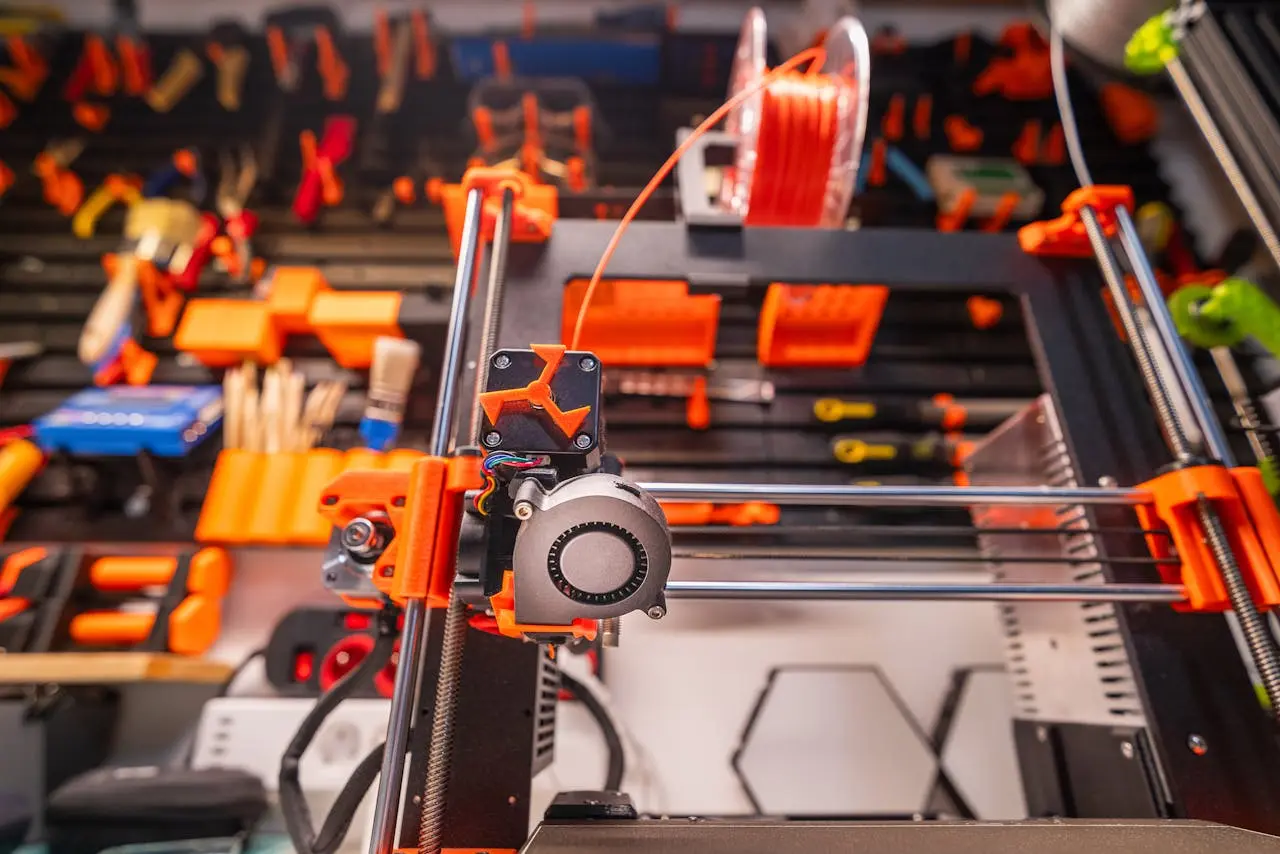How to Recycle or Compost PLA from 3D Printing

PLA is one of the most popular 3D printing filaments — and also one of the most eco-friendly. But just because it’s made from cornstarch doesn’t mean every PLA print is automatically compostable or recyclable.
Here’s what you need to know if you want to reduce waste and keep your prints green.
Wait... PLA Is Compostable, Right?
Technically, yes — but there’s a catch.
PLA only breaks down in industrial composting conditions (think 140°F+ for weeks, with the right mix of microbes and moisture). Backyard compost bins don’t get hot enough.
So unless you have access to a commercial composting facility (and they accept PLA), your prints won’t disappear in the dirt.
Can You Recycle PLA?
Not through curbside recycling. Most local recycling centers can’t process PLA — they treat it as a contaminant. But that doesn’t mean it has to go to waste.
Here are your options:
✅ 1. Save & Reuse Failed Prints
- Collect failed prints and purge lines
- Use a filament recycler or shredder to grind them into pellets
- Re-extrude using a filament maker (like the Filastruder)
✅ 2. Donate Scraps
- Some maker spaces, schools, and recycling programs will accept clean PLA scraps for reuse or testing.
✅ 3. Upcycle Creatively
Turn failed prints into:
- Keychains
- Stamps
- Art pieces
- Tool holders
No filament needed — just imagination.
Minimize Waste from the Start
Want to be more sustainable without any special hardware? Try this:
- Use draft mode or low-infill settings for prototyping
- Print only what you need, when you need it
- Avoid rafts or heavy supports when not necessary
- Store filament dry to avoid moisture-related failures
- Calibrate your slicer to reduce bad first layers and stringing
Biodegradable ≠ Harmless
Even though PLA is bio-based, it still takes years to break down in landfills, and it can release microplastics along the way. That’s why reducing waste in the first place is the best step you can take.
The Bottom Line
PLA is a better option than oil-based plastics — but to be truly eco-friendly, it takes a little effort. Focus on reducing, reusing, and recycling what you can. Your printer (and the planet) will thank you.
Have scraps piling up?
We can help you recycle, reuse, or reprint smarter. Reach out here for filament-saving tips or a consult.


.jpg)